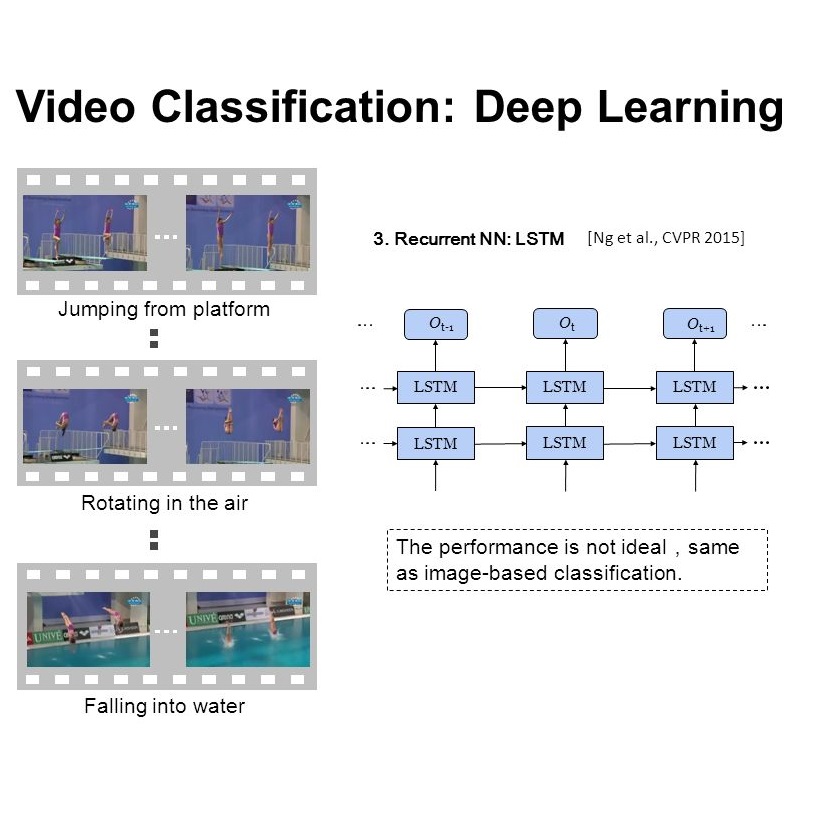Video compression plays a crucial role in video streaming and classification systems by maximizing the end-user quality of experience (QoE) at a given bandwidth budget. In this paper, we conduct the first systematic study for adversarial attacks on deep learning-based video compression and downstream classification systems. Our attack framework, dubbed RoVISQ, manipulates the Rate-Distortion ($\textit{R}$-$\textit{D}$) relationship of a video compression model to achieve one or both of the following goals: (1) increasing the network bandwidth, (2) degrading the video quality for end-users. We further devise new objectives for targeted and untargeted attacks to a downstream video classification service. Finally, we design an input-invariant perturbation that universally disrupts video compression and classification systems in real time. Unlike previously proposed attacks on video classification, our adversarial perturbations are the first to withstand compression. We empirically show the resilience of RoVISQ attacks against various defenses, i.e., adversarial training, video denoising, and JPEG compression. Our extensive experimental results on various video datasets show RoVISQ attacks deteriorate peak signal-to-noise ratio by up to 5.6dB and the bit-rate by up to $\sim$ 2.4$\times$ while achieving over 90$\%$ attack success rate on a downstream classifier. Our user study further demonstrates the effect of RoVISQ attacks on users' QoE.
翻译:视频压缩在视频流流和分类系统中发挥着关键作用,通过在特定带宽预算中最大限度地提高终端用户经验质量(QoE),在视频流和分类系统中最大限度地提高终端用户经验质量(QoE) 。 在本文中,我们首次对深学习视频压缩和下游分类系统的对抗性攻击进行系统研究。我们的攻击框架(称为 RoVISQ ) 操纵了Ration-dortition ($textit{R}$-$\ textitit{D}$) 的调控关系,以实现下列目标之一或两个目标:(1) 提高网络带宽,(2) 降低终端用户的视频质量。我们进一步为下游视频分类服务制定了定向和非定向攻击的新目标。 最后,我们设计了一种输入-异性干扰实时破坏视频压缩和分类系统。 与先前提议的视频分类攻击不同,我们的对抗性扰动是第一个能够承受压缩的。 我们从经验中展示了RoVISQ($$美元)袭击的弹性,即对抗性培训、视频消化和JEG压缩。 我们关于各种视频攻击的大规模实验性攻击率比VVI值比率的Q,同时显示我们通过S- 2.4级攻击率的图像攻击率的升级到升级的图像攻击率。




